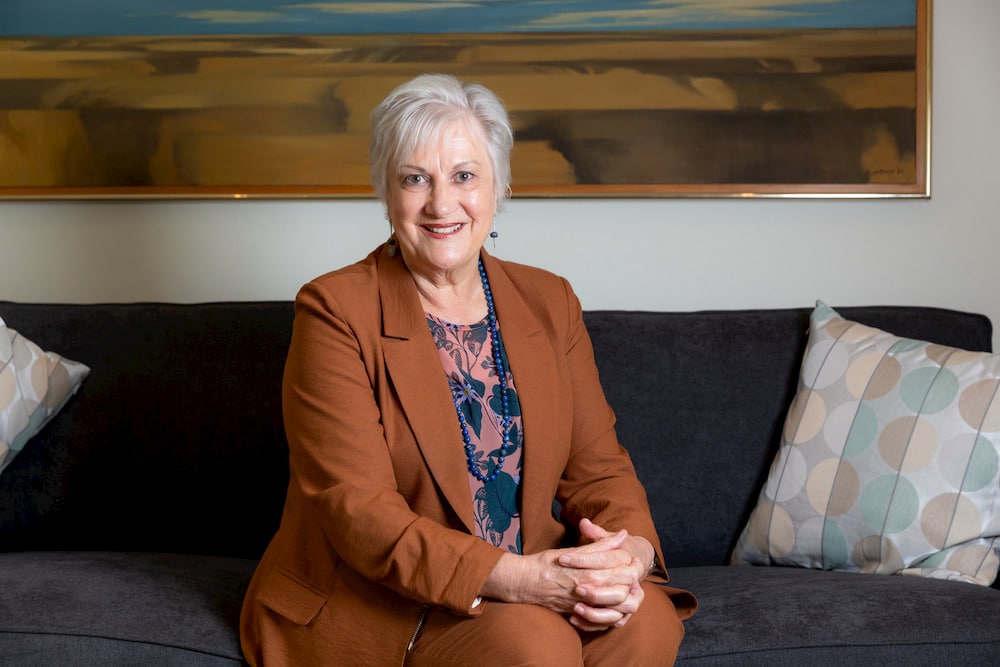Originally from the Kiwi capital of Wellington, New Zealand High Commissioner Dame Annette King is loving life in Canberra with her husband Ray and said her first two years here have flown by.
Just before lockdown, the couple even added their own “Australian baby” to the family, a Goulburn-born pup named Freddy.
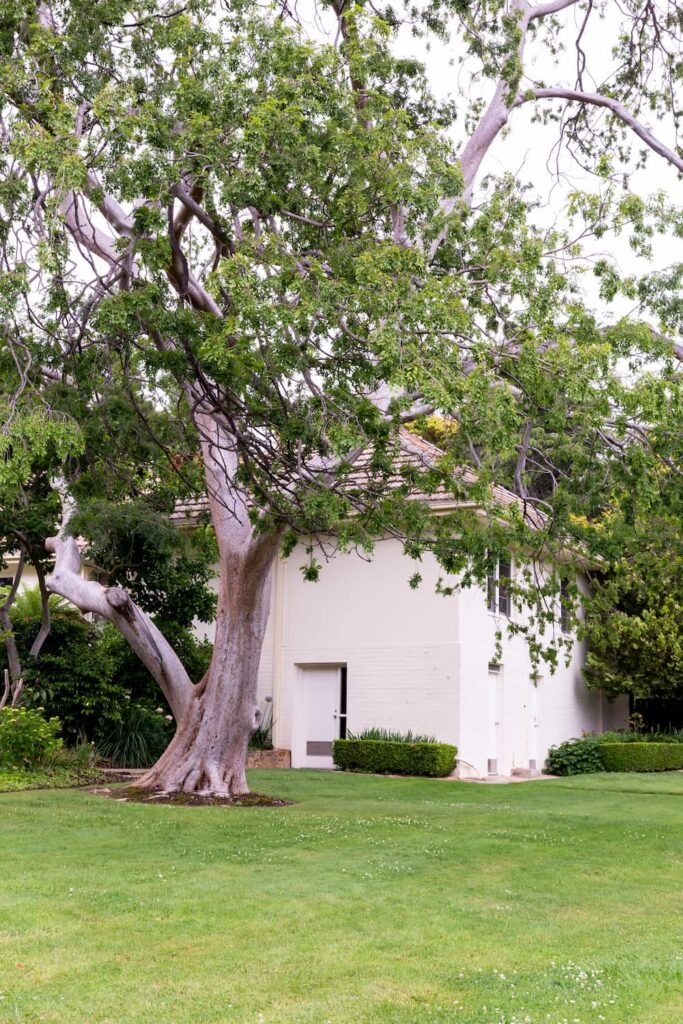
The house is situated on just less than a hectare of garden which features a tennis court and benefited from major landscaping works in 1985.
“He’s a sheep-a-doodle,” Dame Annette said. “Three-quarters miniature poodle and one-quarter English sheep dog.
“It’s a new variety, there’s not many of them. And he’s an absolute character, he’s been an absolutely godsend during the lockdown … for exercise, for entertainment, and for training.”
Dame Annette expressed her gratitude for living her lockdown life in the beautiful official residence of the New Zealand High Commission in Canberra.
“We’ve had a hard year – all of us – but my husband and I have been really fortunate,” she said.
“We’ve had these wonderful grounds in this house to spread out. He can be in one part of the house and I can be in another and we don’t have to see each other for the day.
“It’s worked well for us,” she smiled.
Built in 1939 and purchased for the New Zealand Government in 1943 for £A550, the residence lies within Canberra’s diplomatic-laden suburb of Red Hill.
It was substantially rebuilt in 1985-86 but retains much of its original character and remains harmonic with the early architecture of the area.
Care was taken during the renovations to foster a New Zealand identity in the residence, with carpet imported from New Zealand and lighting by award-winning New Zealand designer, David Trubridge, used throughout.
The residence contains paintings, ceramics and weavings from the New Zealand Ministry of External Relations and Trade collection, including a number of Maori pieces.
In a nod to the two country’s cultural connection, the residence showcases Titirangi, a major artwork by Colin McCahon (1919-1987) which is said to have been influenced by his meeting with Australian painter, Mary Cockburn-Mercer, in Melbourne in 1951.
Prior to her Australian posting, Dame Annette served as Deputy Leader of the New Zealand Labour Party from 2014 to 2017 and Deputy Leader of the Opposition from 2008 to 2011.
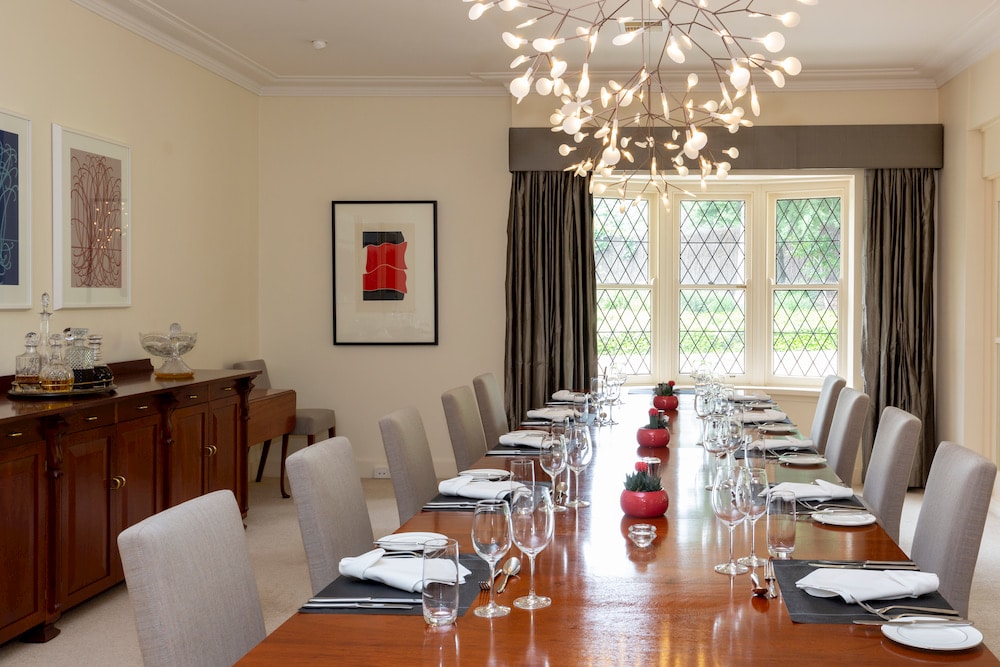
With such credentials, New Zealand’s diplomatic interests with their only formal ally are in safe hands.
The two countries have been economically, militarily, and bureaucratically linked for almost as far back as their respective 19th century English colonisations.
Dame Annette said in 1901, when New Zealand was just a colony, it almost joined with Australia in federation.
“We were in all the discussions about whether we would become a state of Australia,” she said.
“While we decided we wouldn’t, we went on a path of working closer and closer together.”
Dame Annette said Australia was New Zealand’s first and most enduring trade partner and NZ and Australia were very important to each other economically.
“We have turned ourselves into one big market, we trade freely across borders and have joint standards in many areas, that doesn’t happen with anyone else.”
Dame Annette said in her time as High Commissioner, the two countries had repeatedly been each other’s first point of call in times of crisis.
Unfortunately, the last two years have brought a number of those.
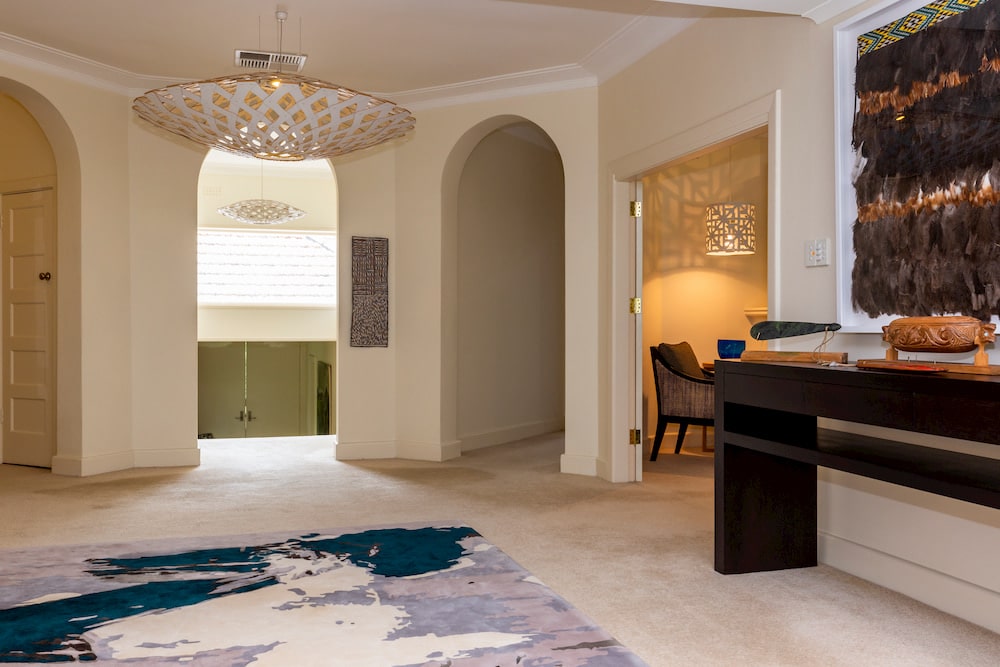
“The Christchurch terrorist attack had an immediate response of help from Australia. In fact, there were Australian police officers already in Christchurch for training who responded to the scene.”
When New Zealand’s White Island volcano exploded in December 2019, Australia was there in support.
New Zealand’s firefighters and defence personal returned the aid during this year’s terrible bushfire season in Australia.
Dame Annette said these examples proved the two countries knew how to work together and how to immediately respond to each other’s needs.
“That’s the strength of relationship. We don’t always agree with each other, but we know how to disagree respectfully.”
Perhaps a point of different may be New Zealand’s cultural acceptance of female political leadership.
Prime Minister Jacinda Ardern is their third female leader and Dame Annette said these days that was “not unusual or unexpected”, although “it certainly was” before their first.
Dame Annette points to New Zealand’s 1996 change of electoral voting system as a milestone in diversifying their political representation.
“A Government inquiry took the country from first-past-the-post, to a proportional system and the parliament began to look more like the society it represented,” she said.
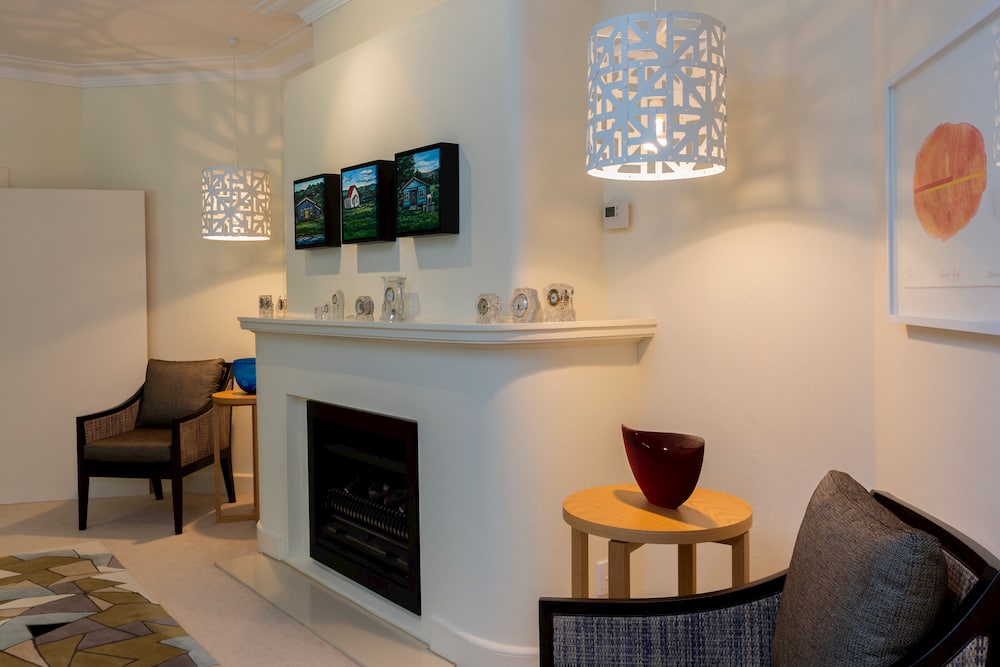
“It had always been a white man’s parliament, mainly older. Women were very underrepresented and so was ethnic diversity.
“We still have a way to go on inclusion and diversity, but our parliament is now made up of 47% women, some young, some old, and a diverse range of Maori and Pacific Islanders.”
Regardless of any existing rivalry, the High Commissioner believes it’s the people-to-people relationship that is the real source of strength in the bilateral relationship.
With around 600,000-750,000 Kiwis living in Australia and around 80,000 Aussies living in New Zealand, family ties have cemented the Trans-Tasman allies as family.
In many ways, Dame Annette is the poster child of this, with two children and three grandchildren living in Sydney and two more kids calling Perth home.
Although she misses her friends at home, Dame Annette is happy here and focused on her work building on the existing Aussie-Kiwi relationship.
“It has been said many times that no two countries on earth are closer or as well connected,” Dame Annette said.
“When we look at the world we live in and the part of the world we live in, with the opportunities and threats that are out there, two good friends need to work together.
“By working together, we have strength. Neither of us are world powers, Australia is obviously a bigger country with a bigger voice, but what we do have is soft power.
“Our values, the way we work, the way we lead, our support for multilateral organisations and international rules, those are the things we need to keep working on.
“We know we need each other, and I want that to continue and be even stronger when I leave.
“So that’s my work every day, to improve on that.”
Photography by Kerrie Brewer

